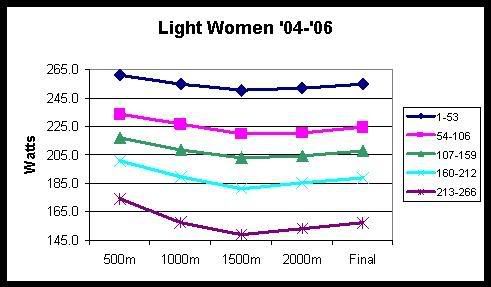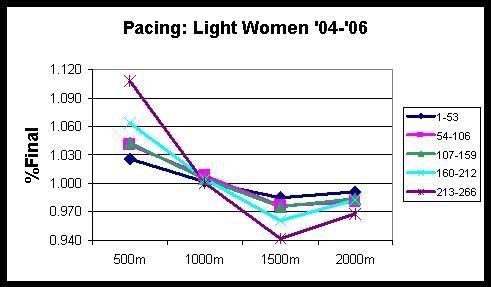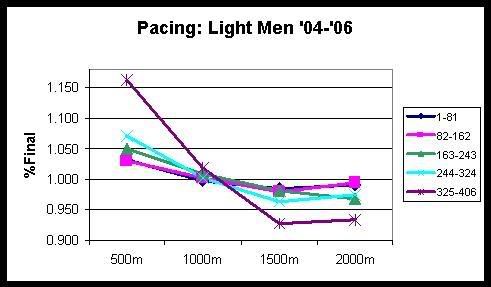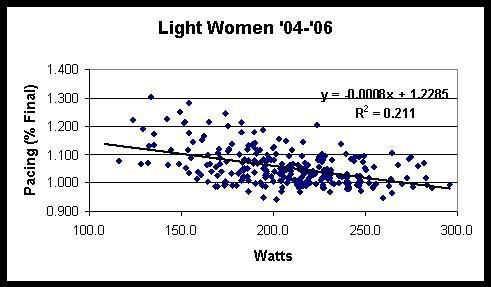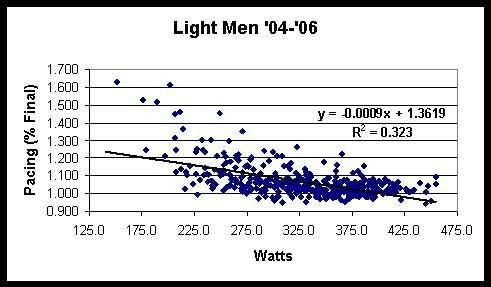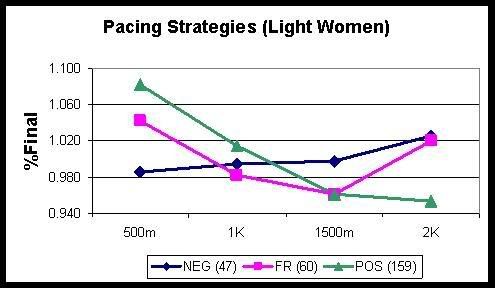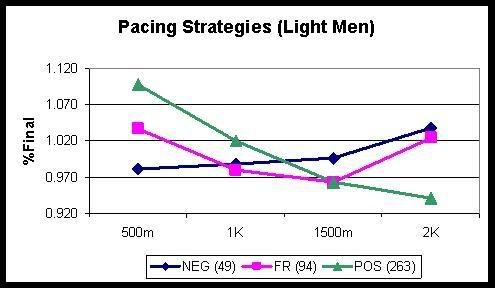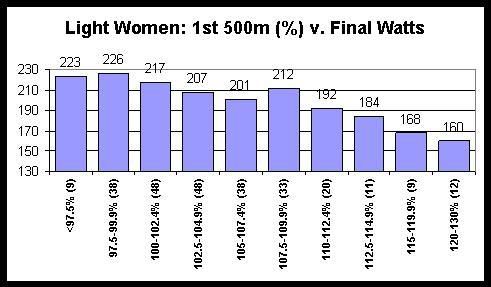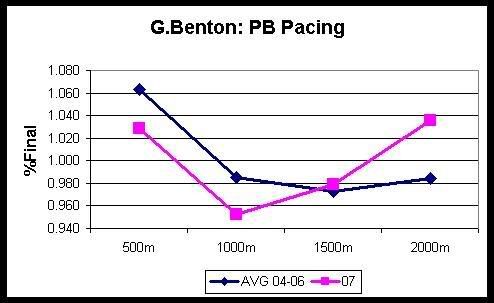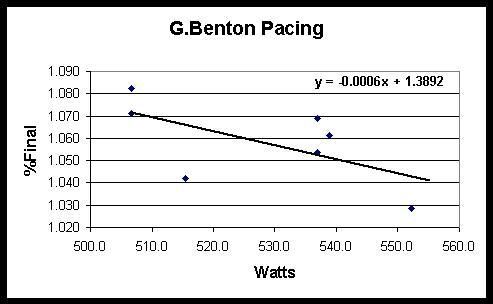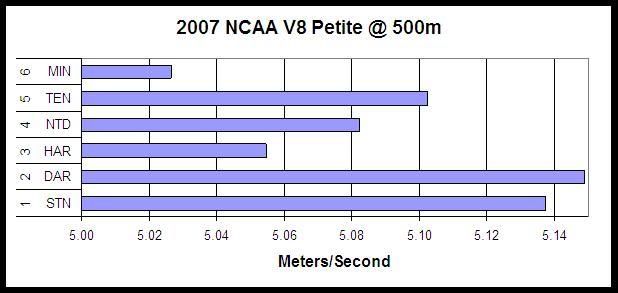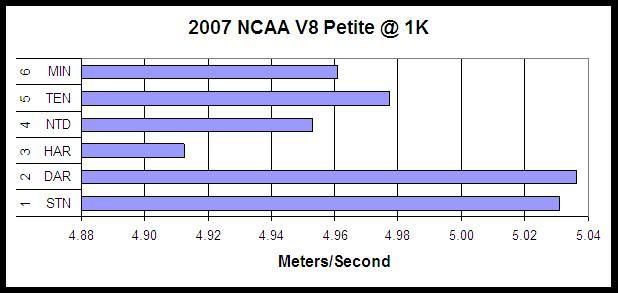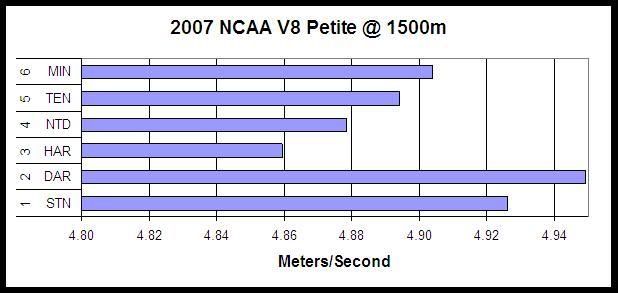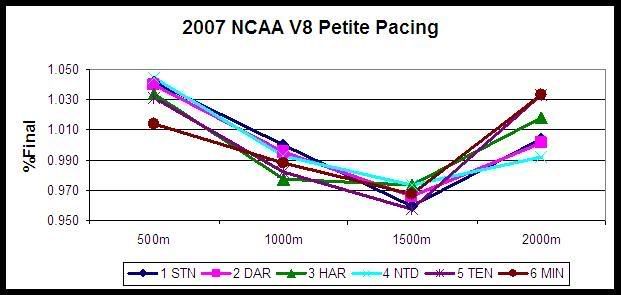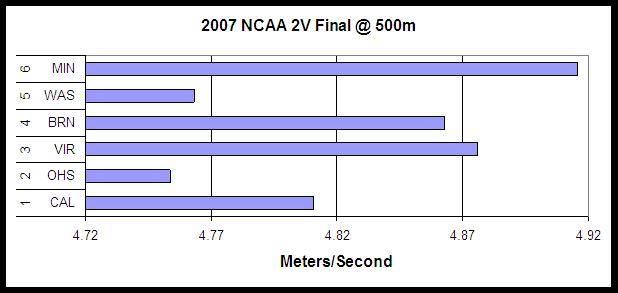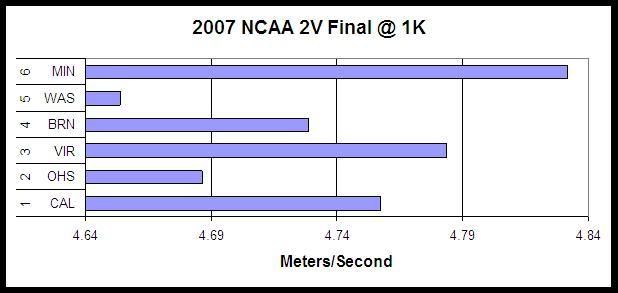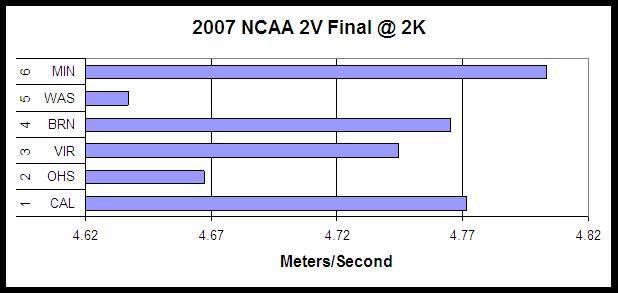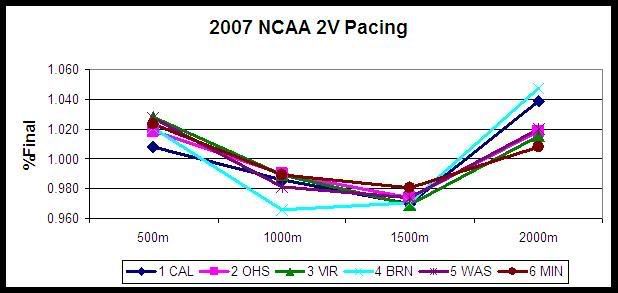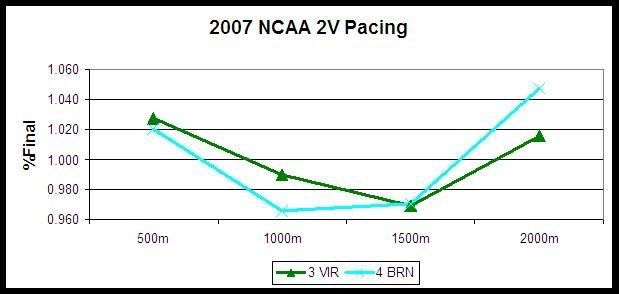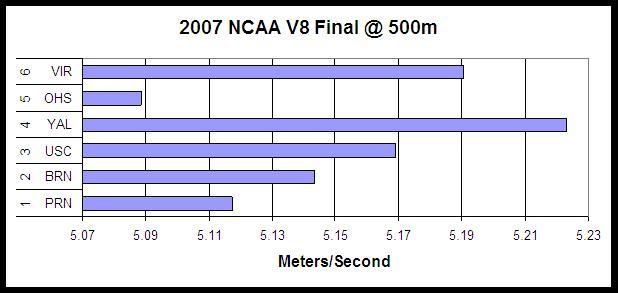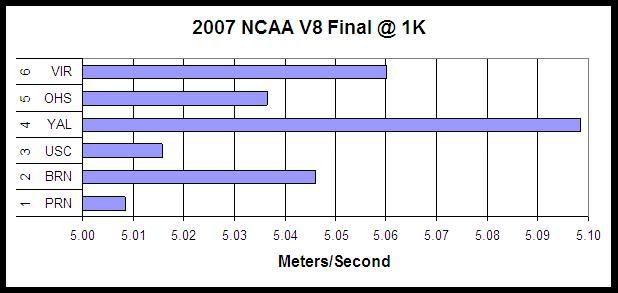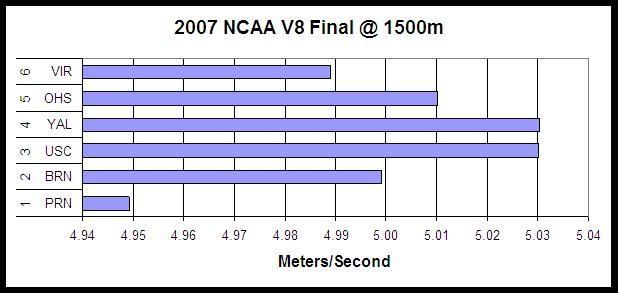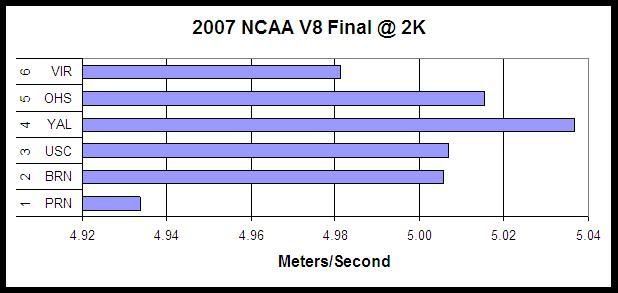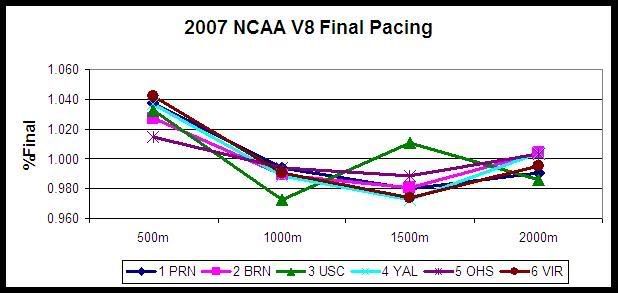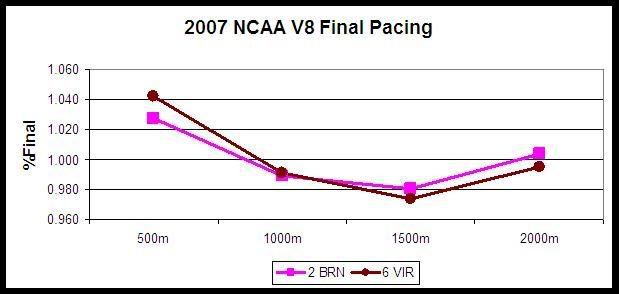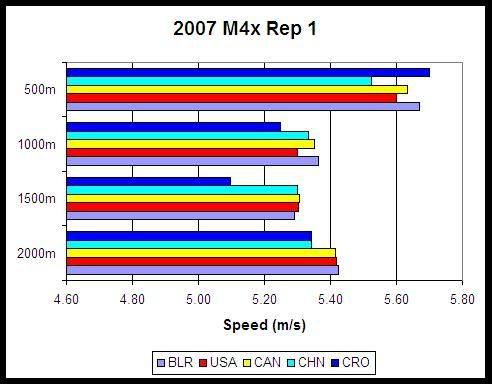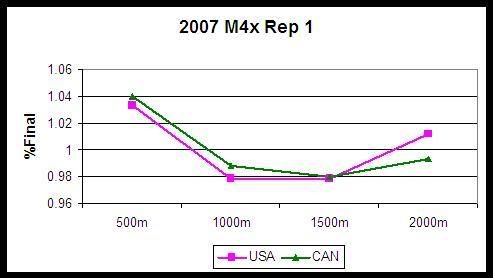Good point.TomR wrote:Mike--
It strikes me that you are questioning an ingrained cultural bias--almost a matter of faith--and facts are often of limited influence in such instances.
Tom
In my running days I became a practitioner of even pacing or negative splitting, but it wasn't easy. Many times (I shudder to think how many times it took to get through my thick skull) the sound of a starting gun would infuse me with so much adrenaline that I'd shoot out fast, feeling incredibly easy doing it, out with the leaders, convinced that this was my breakthrough day when all the hard training would finally place me at my rightful position in the front of the pack. Then without fail there would come a point, as little as 5% into the race, that like a tire with a slow leak I would go flat and stagger through the rest of the race.
Finally I decided that at the start of races I would not run the first mile any faster than the other runners in the race who normally beat me. I immediately began finishing higher. At races where splits were available it turned out that I ran a relatively even pace, but in big races could go from something like 100th place at the mile to somewhere in the teens at the finish. I seriously doubt that starting faster would have placed me higher at the finish, which is the one split that really counts.
Rick


